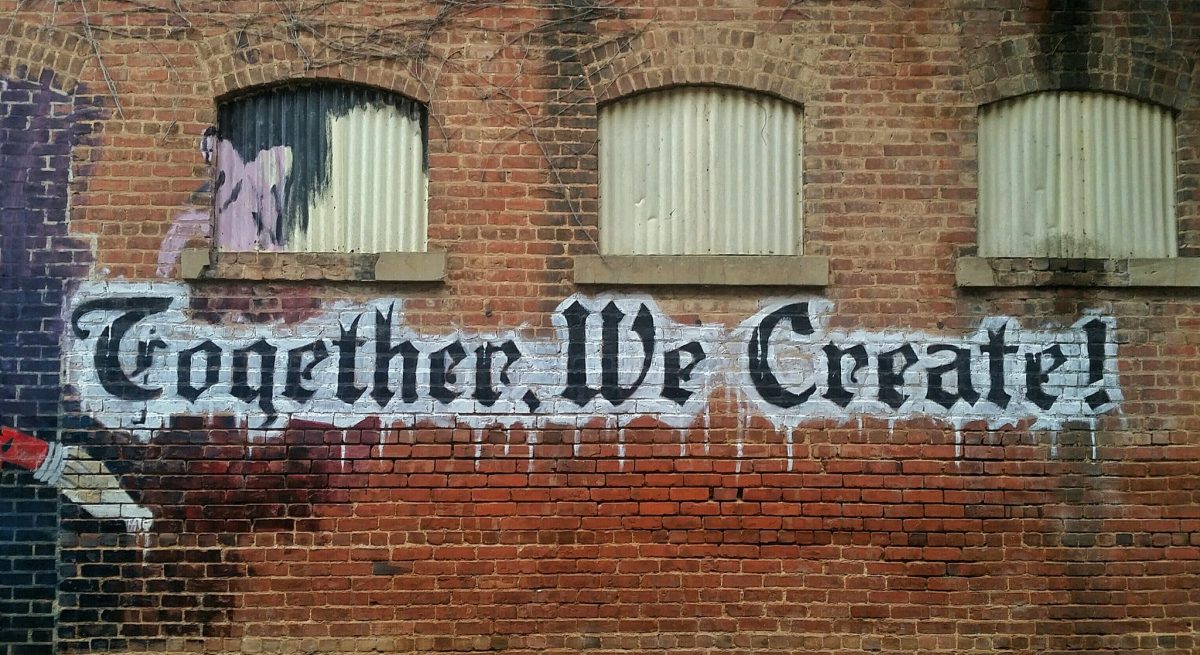Every Employee Has a Role in Innovation
3 Min Read By Brad Cleveland
The following principles are adapted from the author’s new book, Leading the Customer Experience.
Innovation, the late Peter Drucker pointed out in his landmark book, The Discipline of Innovation, is the “effort to create purposeful, focused change in an enterprise’s economic or social potential.” He noted that it’s different than other disciplines. You hire accountants for accounting, marketers for marketing, and lawyers for legal matters. But where are your innovators? Employees' Innovation comes not from genius or exceptional talent, Drucker concludes, but from a “conscious, purposeful search for innovative opportunities.”
Innovation is a cool word, but at its heart is change. So you have to be intentional about encouraging and enabling innovation. The ideal—whether yours is a restaurant of two employees or two hundred—should be universal participation. Anyone can have the next great idea. Here are four keys to seeing that happen.
Establish an Effective…
Sorry, You've Reached Your Article Limit.
Register for free with our site to get unlimited articles.
Already registered? Sign in!


